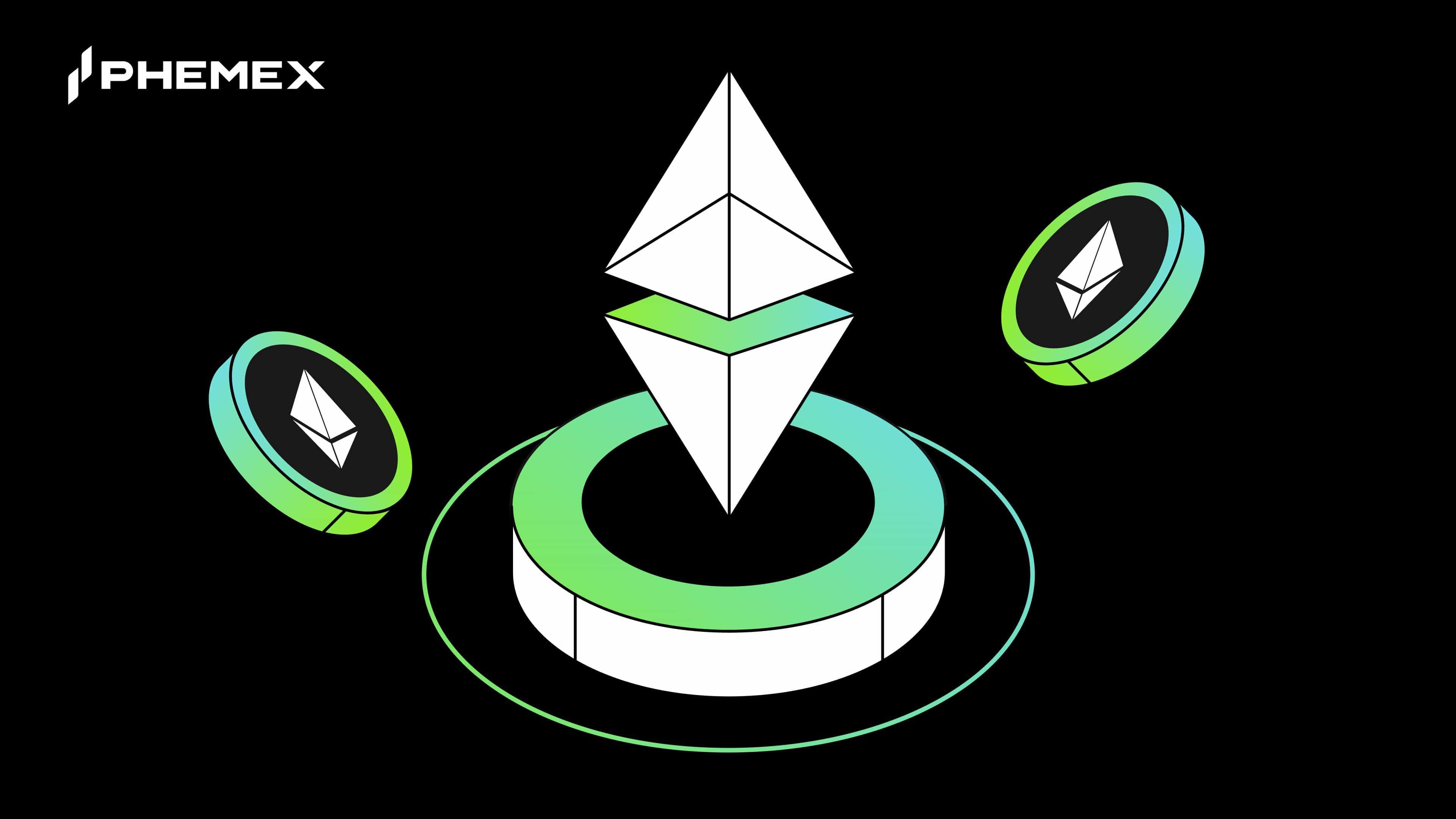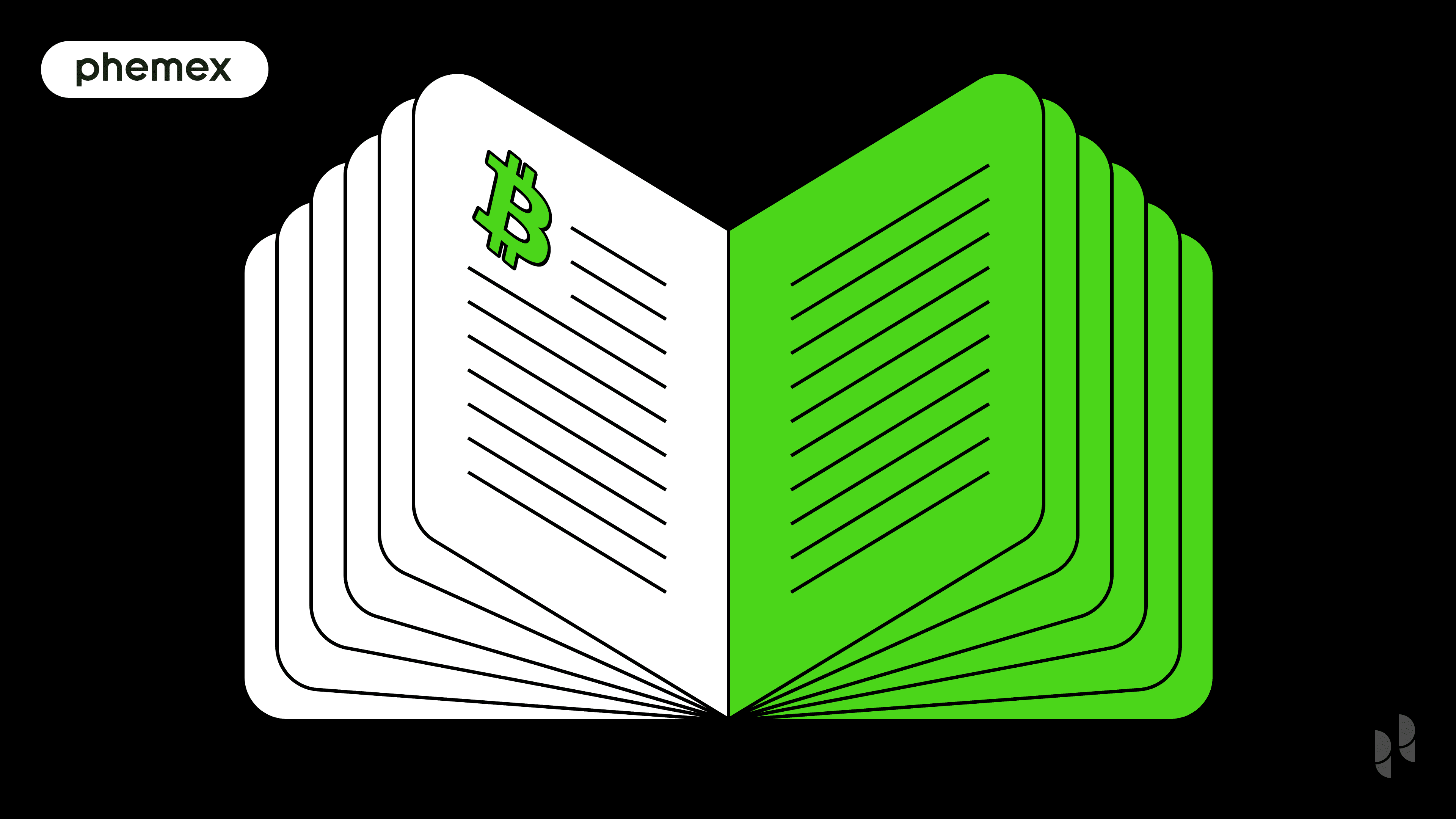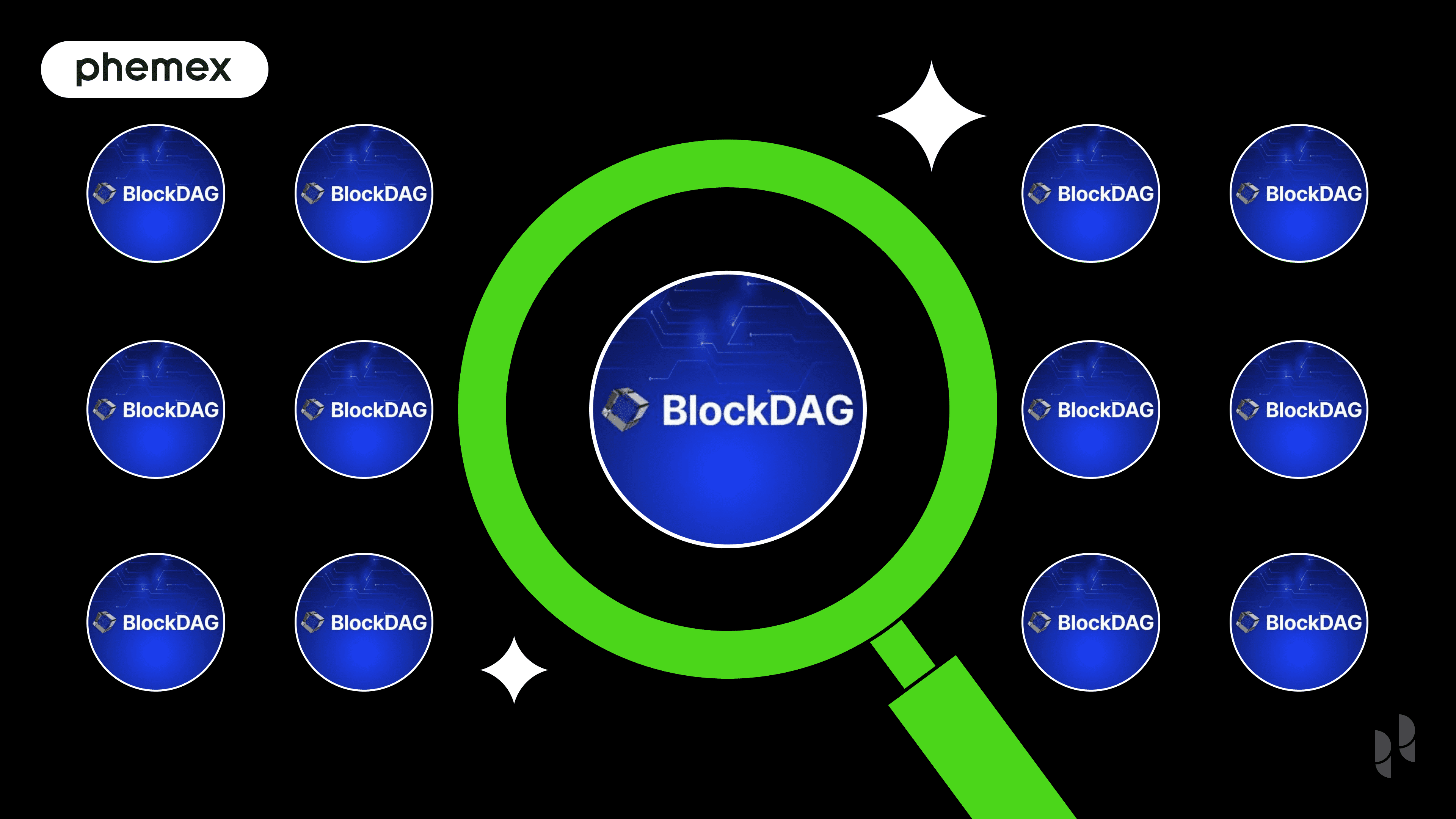
As the SEC’s suits against crypto institutions like Binance and Coinbase continue, one distinction among the agency’s targets has attracted the interest of market observers. Specifically, the debate between Proof-of-Work (PoW) and Proof-of-Stake (PoS) tokens.
The Securities and Exchange Commission has publicly stated which digital assets are in their sights and which aren’t, and has proceeded to file charges against two of the biggest cryptocurrency exchanges for making unregistered securities offers. According to the Coinbase lawsuit, among the crypto assets that the SEC views as securities include Sandbox (SAND), Solana (SOL), Cardano (ADA), Polygon (MATIC), and Filecoin (FIL). These are all Proof-of-Stake coins, which you may already be aware of. This means these blockchains require block validators to lock up tokens in order to validate blocks. If you have no idea what Proof of Stake is and how it differs from Proof of Work (PoW), then read onward.
What is Proof-of-Stake (PoS)?
Proof-of-stake is a consensus mechanism for processing transactions and adding new blocks to a blockchain in cryptocurrencies. As a consensus mechanism, PoS is a technique for ensuring the security of a distributed database and validating entries. In the crypto world, databases are effectively referred to as blockchains, so the consensus process protects the blockchain.
In contrast to PoS is Proof of Work (PoW). Proof of work (PoW) is a consensus mechanism that necessitates significant computing effort from a network of devices. Hal Finney updated the concept of digital tokens in 2004 with the idea of «reusable proof of work» utilizing the 160-bit secure hash algorithm 1 (SHA-1). Bitcoin became the first widely adopted use of Finney’s PoW notion after its launch in 2009. Many other cryptocurrencies also rely on proof of work to achieve safe consensus. Monero (XMR), Litecoin (LTC), and Dogecoin (DOGE) are some coins that use this method to safeguard their networks.
It should be noted that block and transaction verification requires less computational work when using proof-of-stake. Heavy computing needs keep the blockchain secure under proof-of-work. Proof-of-stake reduces the amount of computing labor required by changing how blocks are confirmed using coin owners’ devices. Owners stake their currencies in exchange for the opportunity to validate blocks and receive rewards.
Crypto Regulations: Why is PoS now under pressure?
In March 2023 the SEC Chair Gary Gensler already stated that under US law, proof-of-stake tokens could be considered securities. Gensler previously mentioned that he considers Bitcoin to be a commodity that operates under a proof-of-work (PoW) mechanism, putting it beyond the authority of the SEC, but he did not extend that definition to any other cryptocurrency. Token holders’ profits from staking, according to him, show that the tokens are securities and must be registered under US law.
There is an argument that this debate is positive, or at least productive, given that it will likely result in more regulatory clarity. Of course, more transparency and confidence in the sector may eventually lead to more investments in cryptocurrencies. However, the journey there is likely to be bumpy.








